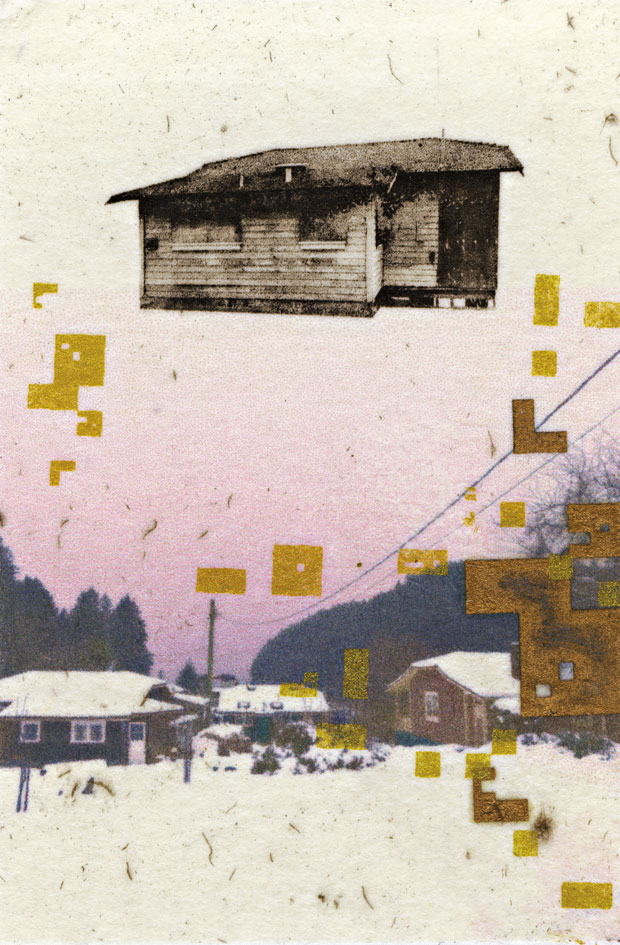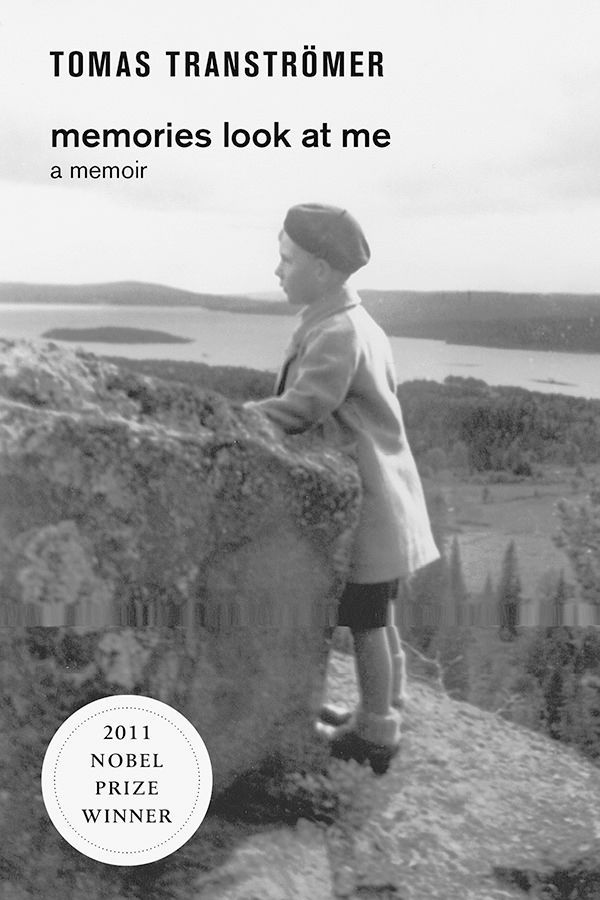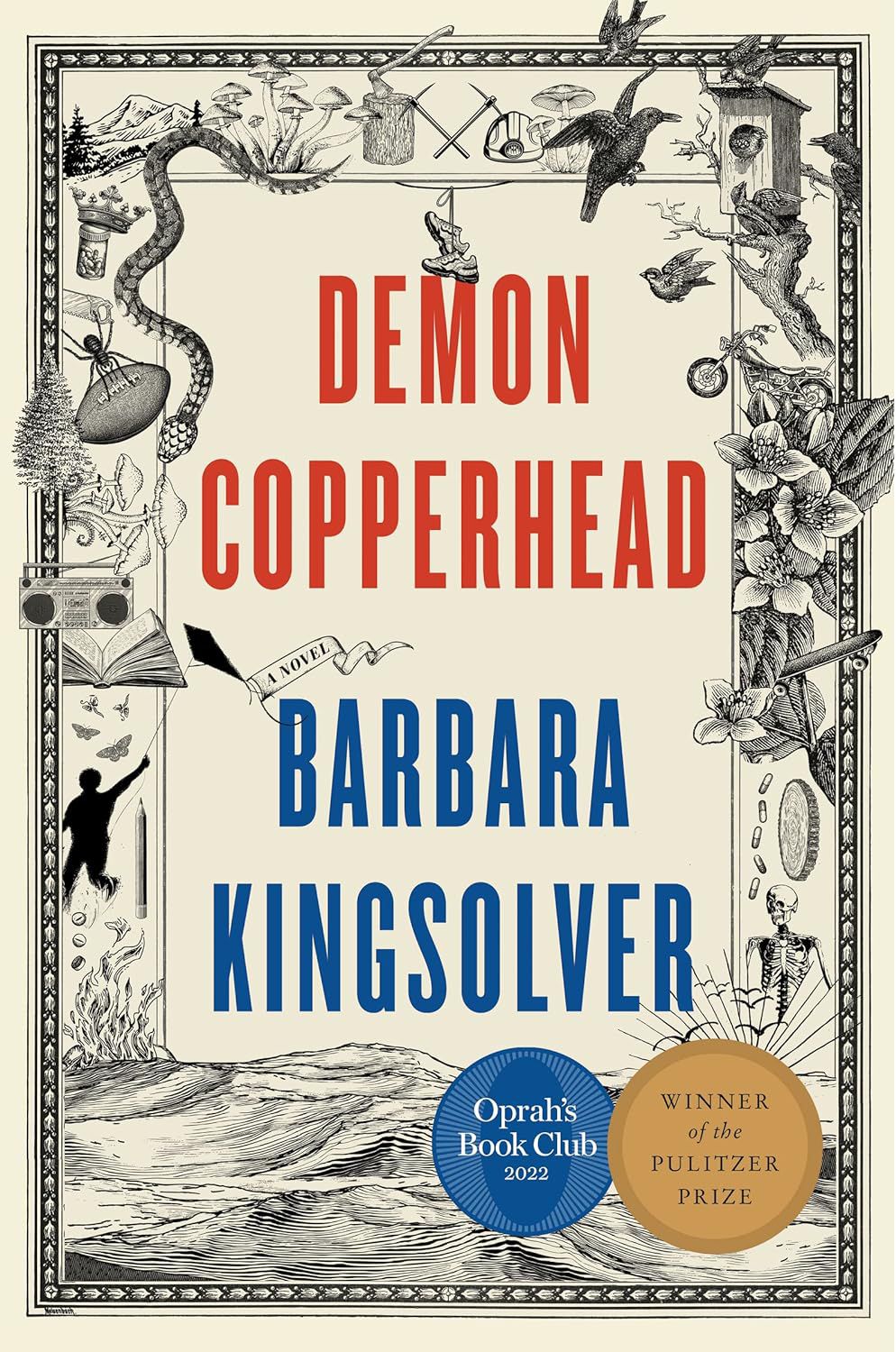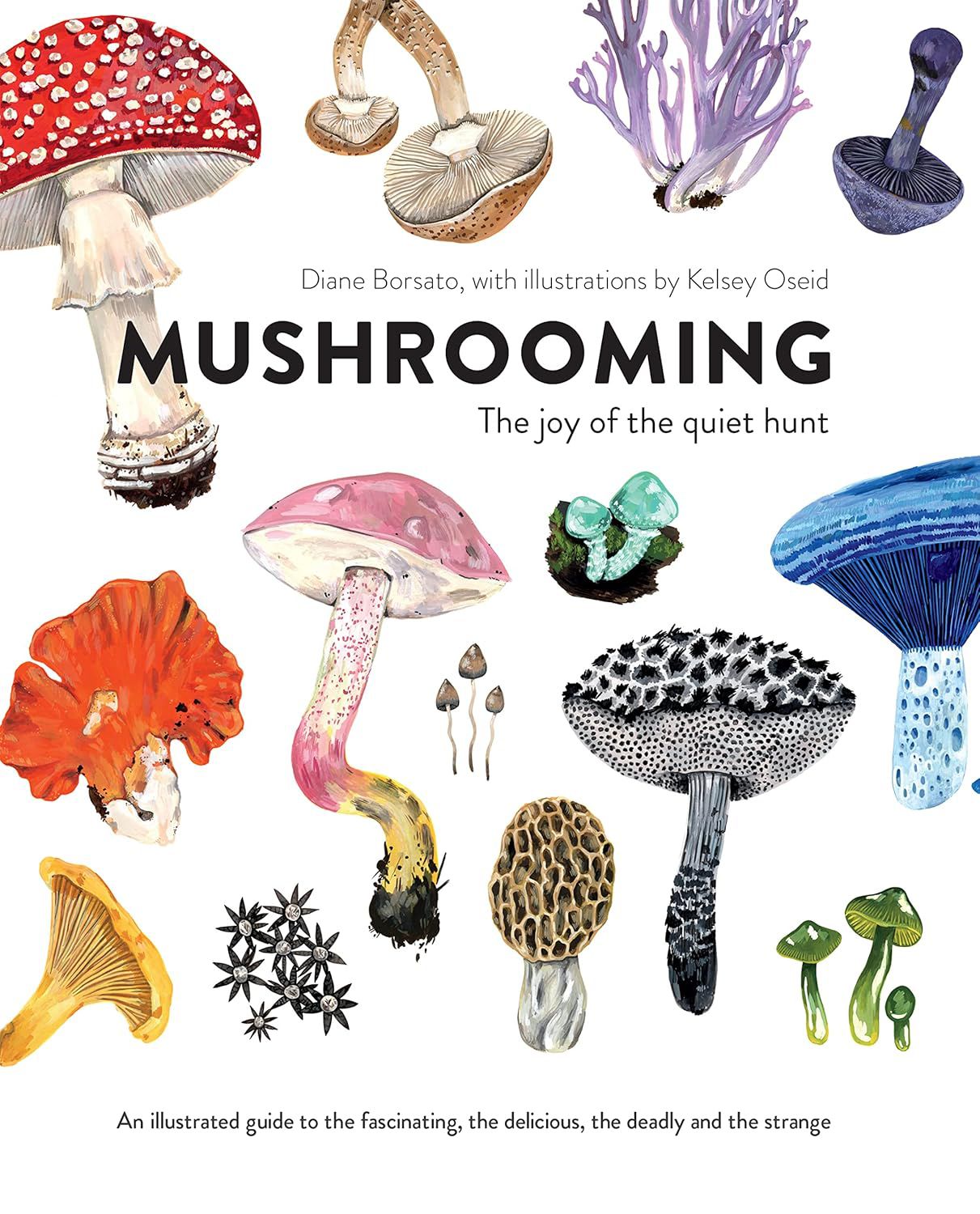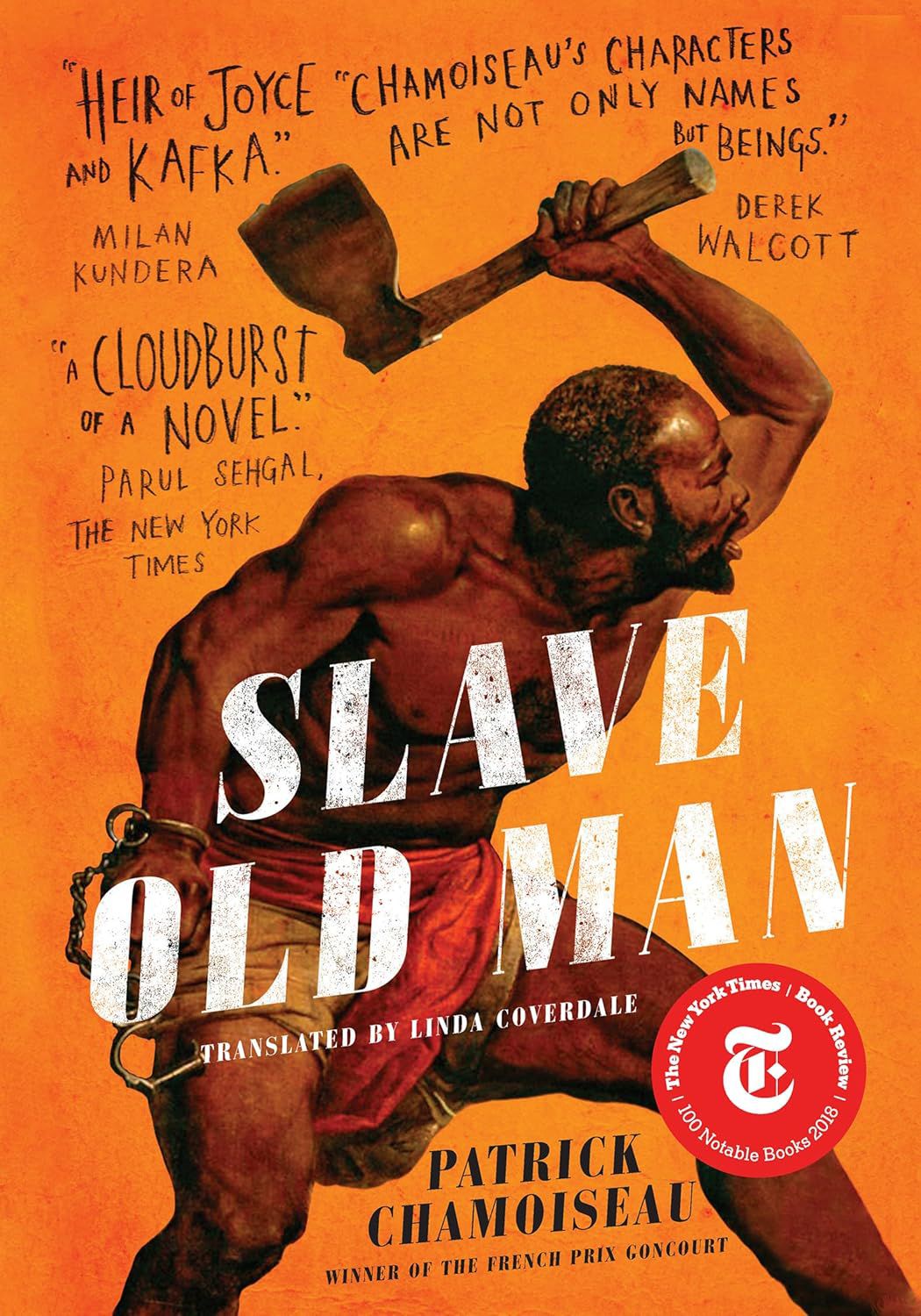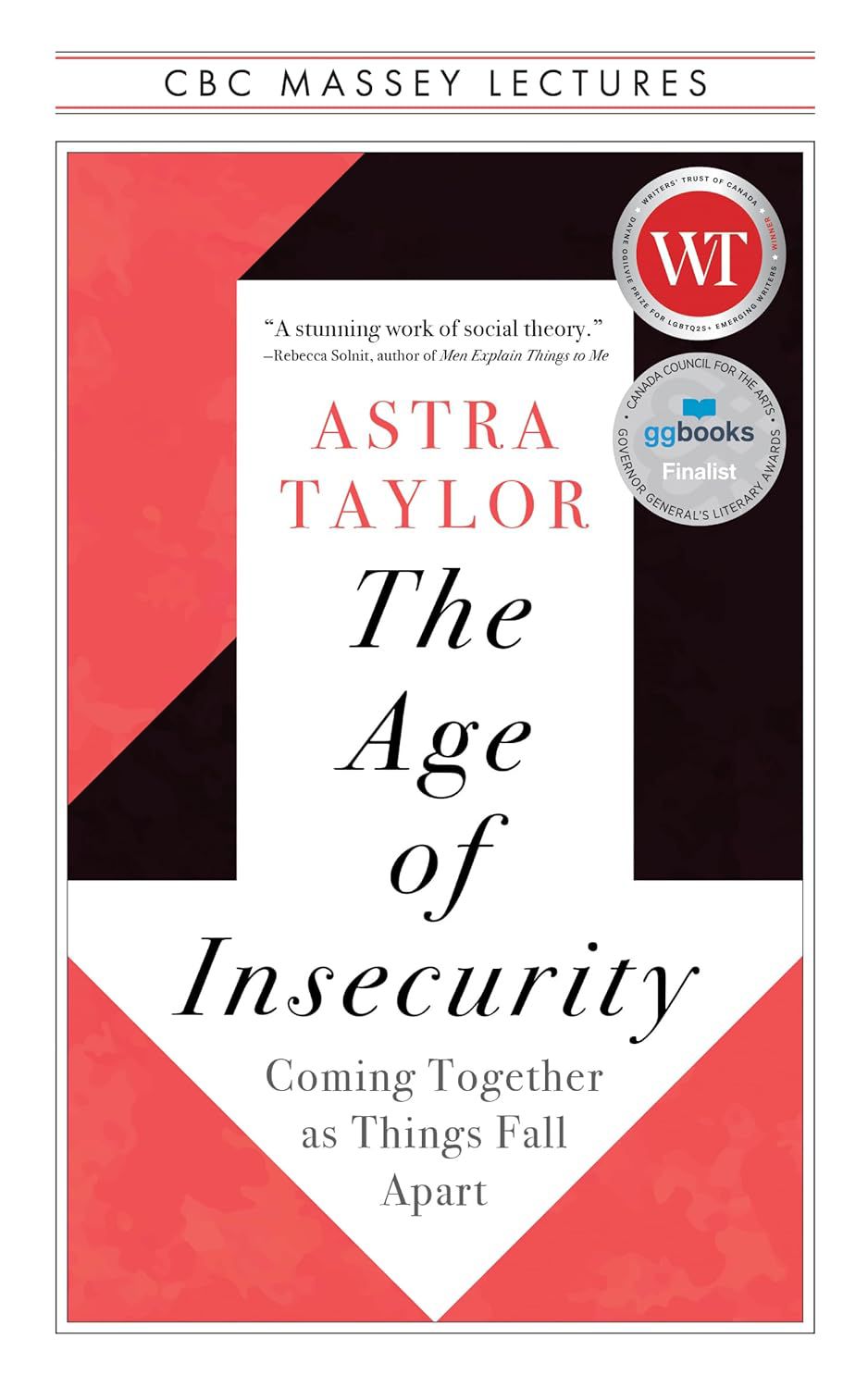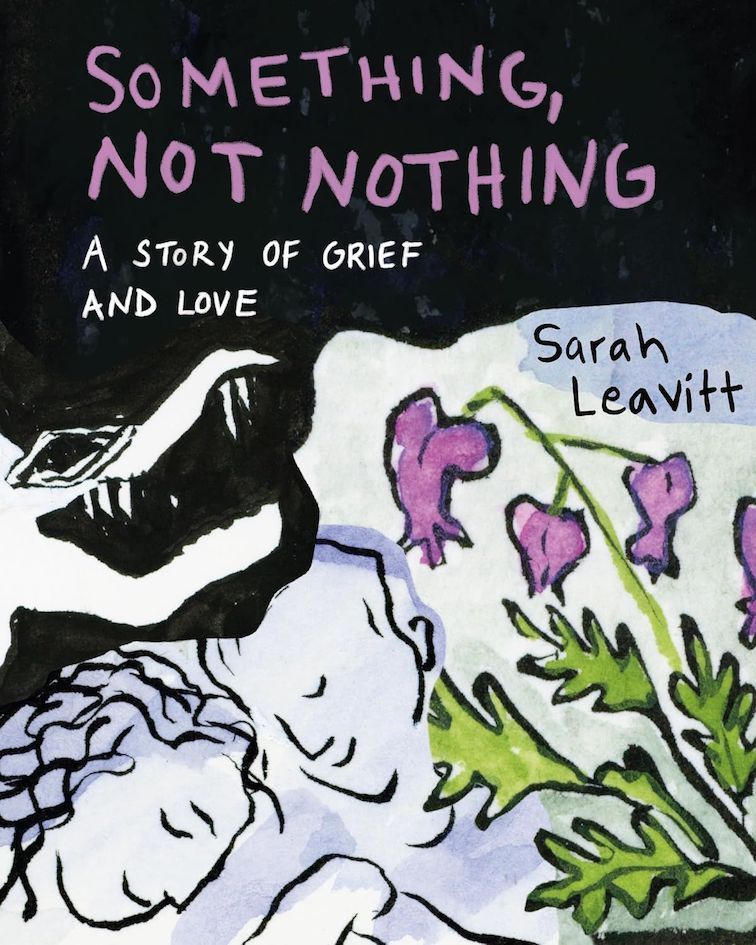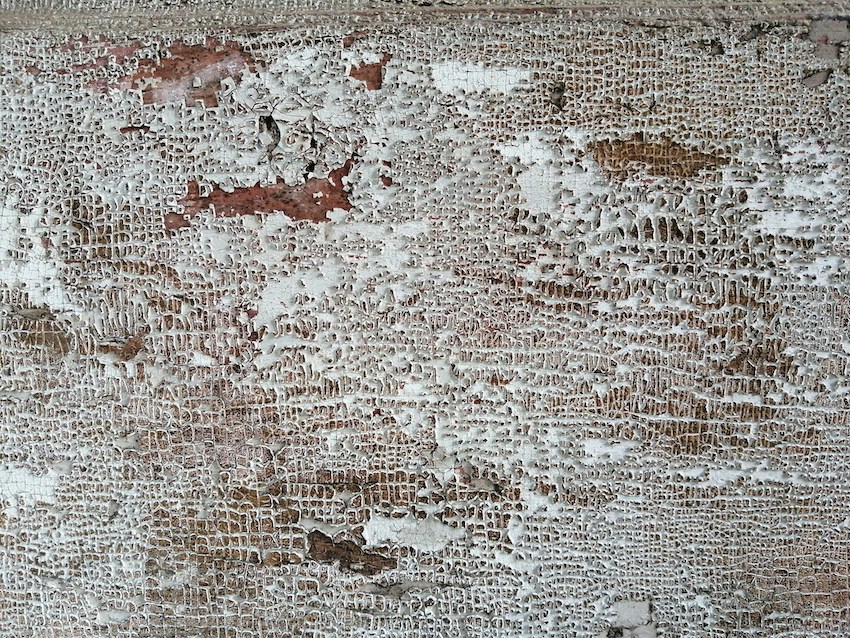fact

The Real Woman
And then I remembered an important event. It happened at a funeral in St. Paul’s chapel for a twenty-four-year-old prostitute who had overdosed in her Gastown hotel room. The small chapel was half full, and very quiet. There were a couple of fresh flower arrangements in front of the cheap, closed coffin. Most of the congregation were other prostitutes dressed in their working clothes, and a few pimps. One woman apologized to Brother Tim for having nothing black to wear, except for lingerie and a leather miniskirt.

The Main
Last summer, during a visit to Vancouver, my nine-year-old son climbed the pediment of a cast-iron traffic-light standard and put his palm on the glowing hand that warns pedestrians to stay put. My mother pointed out afterwards that my photograph of the event contained its own French caption, in the word visible over his shoulder: main.

Happy Hearts
A series of lucky events seemed to conspire to bring me to Stettler, Alberta, one day in June 1998. Jennifer, the woman who was in between being my roommate and my girlfriend, was at the Banff Centre and I was on my way there from Saskatoon, where we lived. She had left me fifty dollars for gas so I could pick her up after her workshop, and I had accepted, hoping that when the time came I wouldn’t need it and I could give it back. I did need it, of course. I had been waiting for a cheque to come from the Globe and Mail for one of a series of drawings I was doing for them, and when it was time to leave, the cheque still hadn’t arrived. So I set out from Saskatoon with just a tank of gas and the fifty dollars.

Punch
It was at about this moment that I hit him in the face, which is something I’ve never done before. I don’t know what perfect form the punch took in my mind, but by the time the impulse had pushed its way through me, my hand had bent inward like an old person’s claw, or a doll’s hand—curved around but without a bottle to clutch.

Fields of Time
With the approach of her tenth summer, Julia considers the holidays that lie before her: will there be too many things for her to do? Trying to look ahead from school time, with its time-tables and schedules, makes it hard to remember, or to imagine, what summertime will be before summer arrives and the school year ends. In the summer when I was Julia’s age I heard Elvis Presley for the first time, down by the river on the jukebox in the fish-and-chip joint where teenagers went to hold hands and drink ice cream sodas and eat salted french fries drenched in vinegar.

Wild World
One day a Swiss couple stopped in at the carpet shop, just as they had each year for the last ten years. Every spring they loaded up a cargo van with nets and jars and drove from their home in Switzerland to east Turkey, where they collected butterflies together. The man, Walter, had caught snakes in Africa and South America all his life and sold them to universities and private collectors, but that day he was turning seventy-five and, he said, it is not so wise at my age to play with snakes.

Re-hanging the National Wallpaper
When I lived in Ottawa in the 1970s, I used to enjoy passing lazy afternoons at the National Gallery looking at the pictures. I remember how surprised I was when I first encountered the Group of Seven collection. These paintings were completely familiar—I’d seen them in schoolbooks and on calendars, posters, t-shirts, everywhere—yet at the same time they were completely unexpected.
.svg)
Closing Time in the Gardens of the West
Cyril Connolly’s writings have been republished, as The Selected Works (Picador, 2002). I remember reading his work in my late adolescence and wondering how someone could write like that, in fragments and half-formed ideas, allowing his thoughts (and the reader’s) to go in a thousand directions at the same time, and yet lend his texts an overwhelming feeling of cohesiveness.
.svg)
Bologna Erases Canada
Bologna, Italy, known as both “the Fat” and “the Red,” is a city to a make a bookish vacationer salivate. Less overrun by package tours than Rome, Florence or Venice, Bologna combines superb food with the wonderful bookstores that seem to be the inevitable companion of left-wing politics.
.svg)
Letter from France
For reasons I can't make out, organizers of congresses and literary get-togethers throughout the world appear to have been inspired by a common theme: America. In Germany, in Spain, in France, in Holland, writers are being asked to talk about this faraway place that is either an overwhelming country or an underdeveloped continent.
.svg)
On Kiddie Porn: Sexual Representation, Free Speech and the Robin Sharpe Case
Stan Persky and John Dixon ask important questions in their book On Kiddie Porn: Sexual Representation, Free Speech and the Robin Sharpe Case (New Star). Is possession of a photograph depicting a criminal act a criminal act?
.svg)
Of a Fire Beyond the Hills: A Novel Based on News Stories
For the folks out there who are indifferent to what’s going on in Iraq and Afghanistan, this book seems to whisper, “Stop eating your grilled Gruyère cheese with Roma tomatoes and red onion on open-face sourdough long enough to read me, if you please



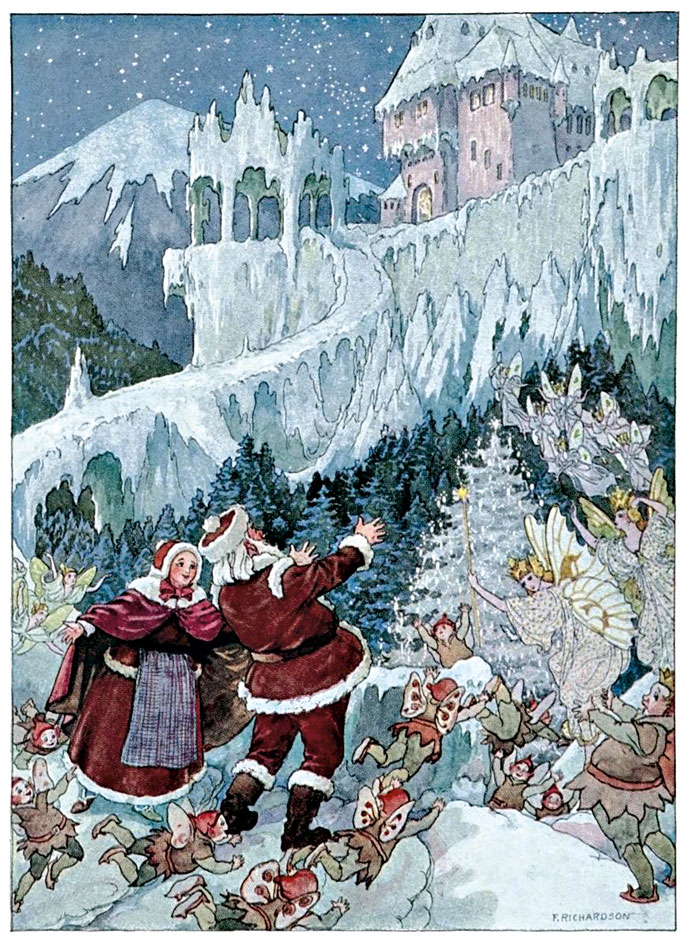

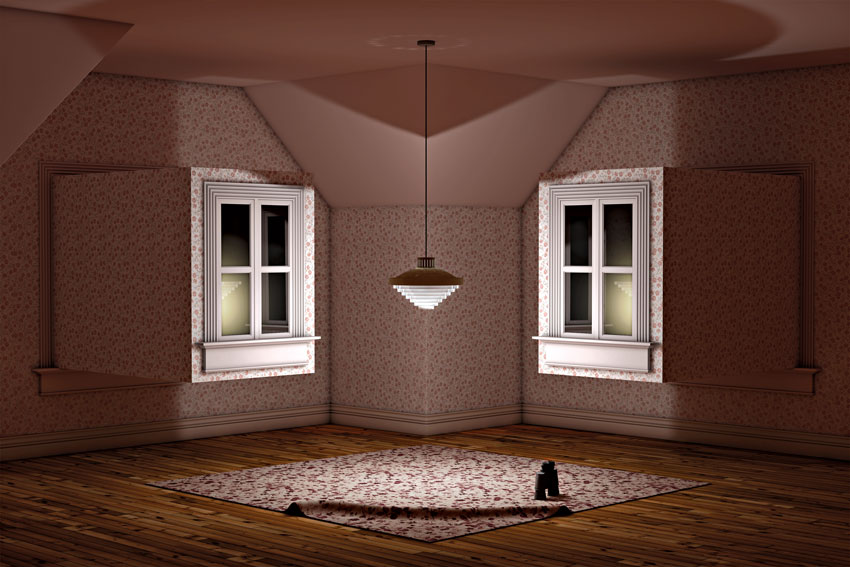













.jpg)





